Botanic Garden
Welcome to the ABQ BioPark Botanic Garden
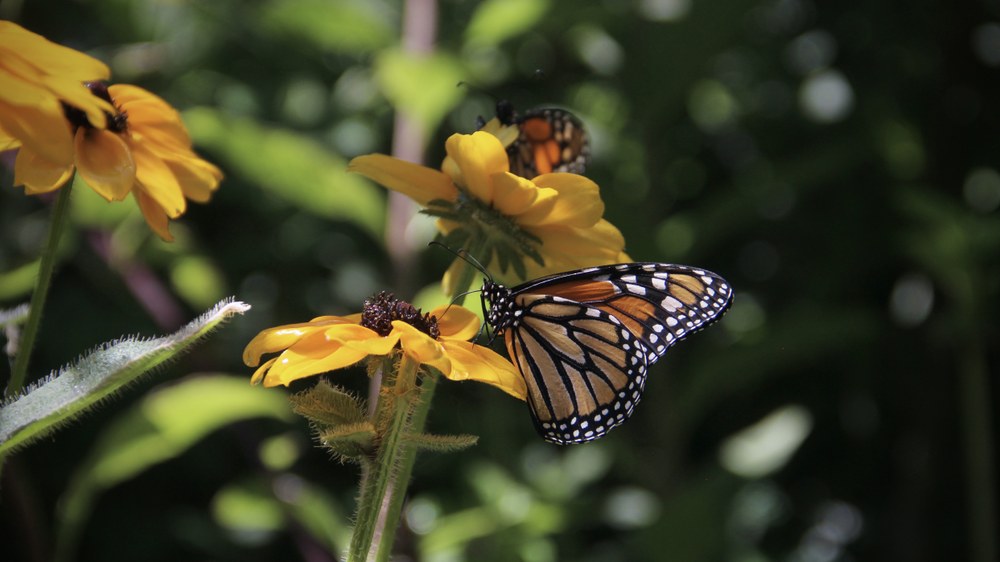
Opened in 1996, the Botanic Garden has grown to 32 acres of exhibits, and showcases plants from the American Southwest and around the world.
The Botanic Garden’s BUGarium is one of the most elaborate exhibits dedicated to bugs and arthropods in the country.
The Travel Channel cites ABQ BioPark Botanic Garden as one of the top 12 in the country!
Seasonal Update:
Learn more about featured seasonal plants!
Crown-of-thorns, featured on 7/16/25: This succulent shrub from the island of Madagascar is sometimes mistakenly referred to as a cactus due to its spiny stems. And yes, it’s name refers to that crown of thorns, as it’s rumored to have been made of the stems of Euphorbia milii, which is believed to have been introduced in the Middle East in ancient times. These plants are in the spurge family, and the genus Euphorbia is one of the largest genera of flowering plants with around 2,000 species, including the well-known poinsettia! The crown-of-thorns is evergreen and can flower all year long, but it thrives in spring and summer. Like the related poinsettia, the typically pink, red, or white “petals” are actually special colored leaves called bracts that surround the small, yellow true flower.
These plants need temperatures that stay above 50º F, so they are more commonly potted as an ornamental houseplant. When indoors they can be a lower-profile 2 ft tall shrub, but given room and proper temperatures, it can also grow more vertically to around 5-6 ft or in the case of one specimen in the Desert Conservatory: upwards of 15 ft! It can be resilient and easy to grow indoors even in sandy or rocky soil, preferring dry to medium moisture, good drainage, and a sunny location. Although they may drop some leaves during the winter resting season, these plants are beautiful all year long and make a decently water-wise choice in our New Mexico climate. This beauty does have a bit of a bite, gloves are recommended for handling and it can be toxic to pets and should be in a safe location.
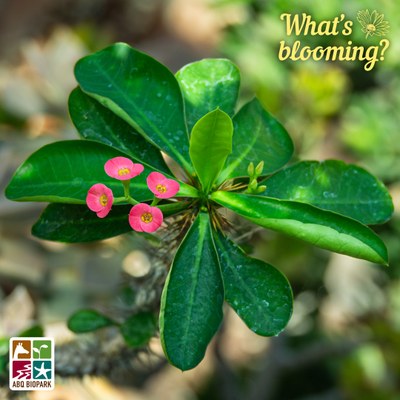
Vitex, featured on 7/9/25: Have you ever wondered how the Vitex Plaza, situated at the end of the Festival Green before the Conservatories, got its name? It’s because the plaza is encircled by lovely vitex trees! These Mediterranean natives not only provide a shady place to rest during your visit, but the clusters of small lavender flowers are a favorite of bees and butterflies. Vitex agnus-castus can also be grown as a shrub, like some of the other vitex around the Garden’s grounds. This deciduous plant has been known since the Stone Age and the name “vitex”, derived from the Latin vieo meaning “to weave” or “to tie up”, illustrates the long-time use of its flexible limbs in basket weaving. Another common name for them is the chaste tree, for the historic medicinal use of the berries in Western, Mediterranean, Traditional Chinese, and Ayurvedic practices dating to before medieval times.
This heat-loving and resilient plant can grow around 15 feet as a shrub and up to 20 feet tall as a tree. Given enough space, they can make a great choice for a home landscape especially as a property border or lining a driveway. It’s fast growing and low-maintenace with a naturally balanced shape that doesn’t require pruning, as well as good drought tolerance when established. With a long blooming season and a long lifespan, vitex will add both color and fragrance to your summer year after year!
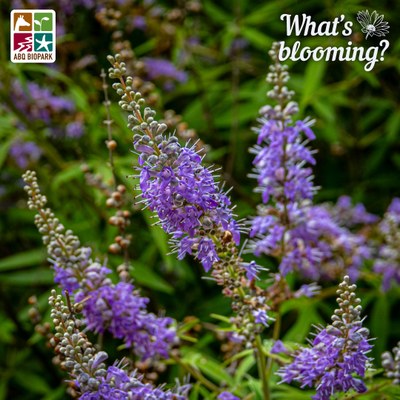
Ice plant, featured on 7/2/25: The name “ice plant” may seem strange for succulents commonly found in southern and eastern Africa and surrounding countries and islands. The name actually comes from the tiny fluid-filled cells that cover the skin of the leaves, which give the appearance of a layer of frozen dew. These cells retain water, help regulate excess salt, and may even provide defense against arthropod herbivores as a chemical and physical barrier. These low-growing plants blanket the ground in rich green foliage, and their daisy-like flowers bloom from June through October.
A dry, well-drained spot in full sun will make ice plants a heat tolerant addition to your front border, rock garden, containers, or naturalized garden spaces. In addition to the long flowering season, evergreen foliage sparkling with the namesake “ice” layer makes them a fascinating winter interest as well. These plants are perennial in many places, surviving winters where snow doesn’t sit too long and over-moisturize and when provided some protection from prolonged freezes. Some species even need to reach a certain minimum chill in order to flower the next season. With around 170 species in the genus Delosperma and many cultivars, there is a wide range of colors to complement your garden’s aesthetic!
Pictured: Delosperma 'Fire Spinner' in the container garden at the Heritage Farm
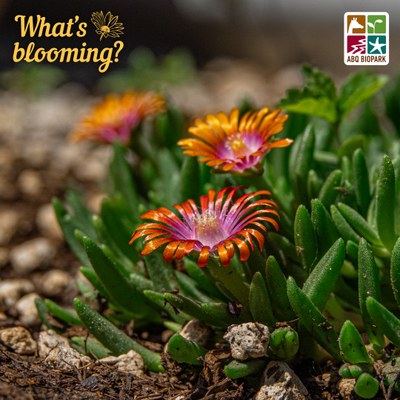
Sacramento prickly poppy, featured on 6/18/25: It’s a Wonderland for pollinators…and for plant conservation! When you visit Poppy Hill at the Heritage Farm you’ll see a parade of pollinators dancing around as they feast, sometimes up to four bees on one flower or even different species sharing the same bloom! This space is home to two rare species that are a focus for the ABQ BioPark Botanic Garden’s plant conservation efforts: New Mexico beardtongue and the Sacramento prickly poppy. Although it’s not the only species of prickly poppy in the world, the unique Argemone pleiacantha ssp. pinnatisecta is only found in 10 canyons on the western slope of the Sacramento Mountains. This distinct subspecies was listed as federally endangered when populations were documented as decreasing dramatically, with climate change and habitat loss being especially dangerous for a species with such a small native range. The Botanic Garden became a state-wide seed source for the Sacramento prickly poppies even before becoming a Participating Institution with the national Center for Plant Conservation network, and seeds provided to the U.S. Forest Service have been grown for reintroduction into the wild!
The precious seeds of these endangered prickly poppies are protected, but there are about 32 species found in the Americas and Hawaii that could provide a similar look in your home garden. Prickly poppies of the Argemone genus are one of about 12 flowering genuses in the larger poppy family Papaveraceae. The more common southwestern prickly poppy from the parent species Argemone pleiacantha is also a New Mexico native that can thrive in our climate in full sun with excellent drainage, as their preferred habitat is dry woodlands, slopes of foothills and mountains, and rocky roadsides. Other desert-dwelling prickly poppies include the Arizona prickly poppy, Mexican prickly poppy, Mojave prickly poppy, and the Texas prickly poppy. These gorgeous perennials combine the beauty of more well-known poppy species with a spiky desert aesthetic to give your home garden a striking look!
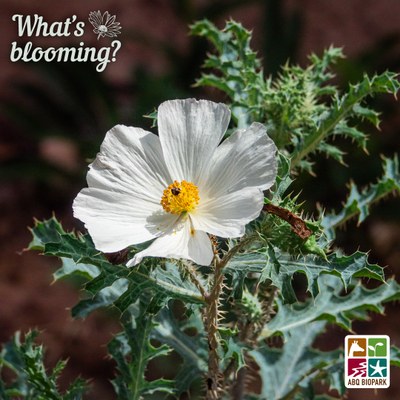
No results were found.
